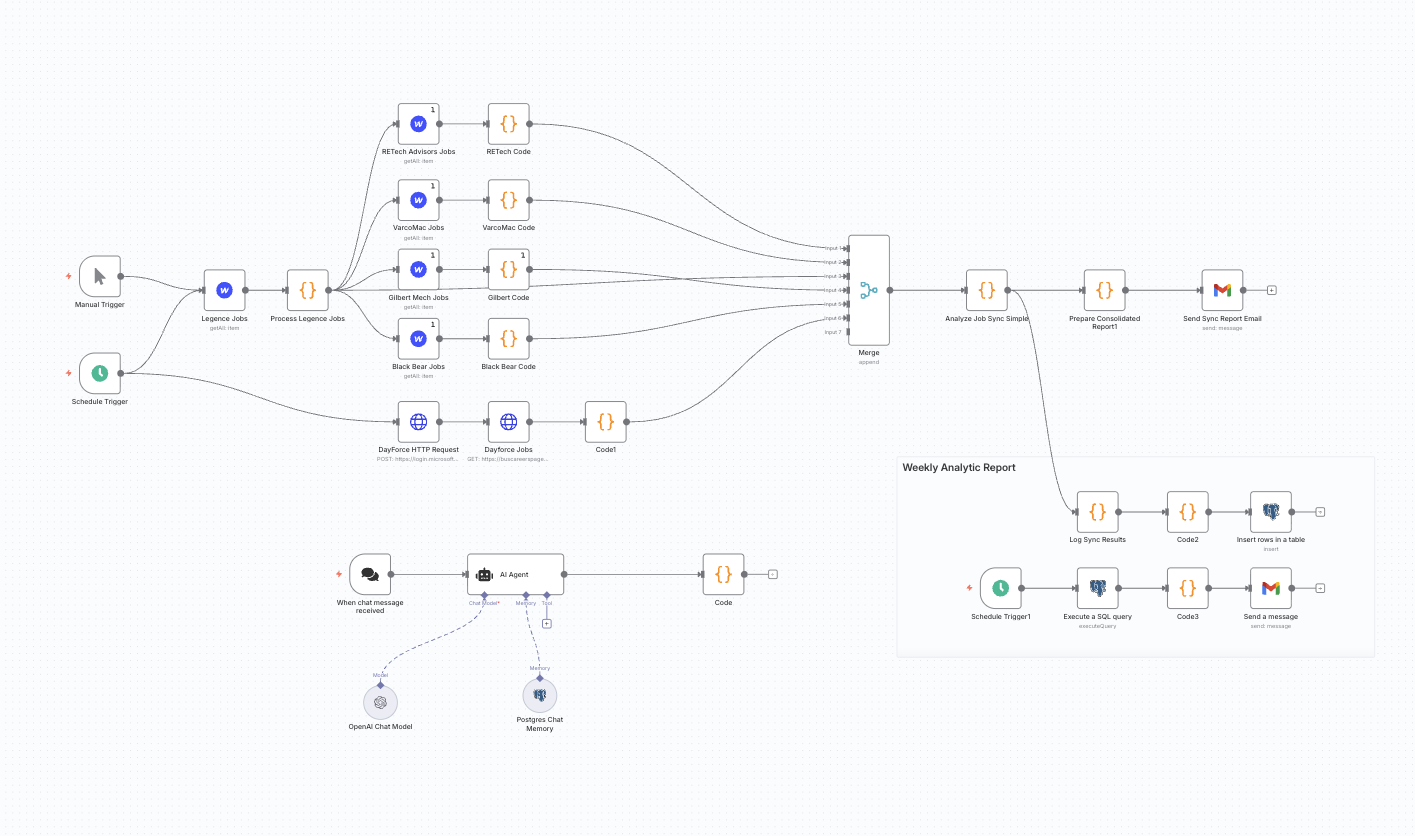Prompting Intelligence: How to Talk to AI and Get Real Results
We've all been there. You ask AI for something specific, and what you get back feels generic, off-brand, or just plain wrong. The frustration is real, but the solution isn't more complex prompting—it's understanding how AI actually processes language and how to structure your communication for consistent, useful results.
At Interface Multimedia, we've spent the better part of two years experimenting with AI across our real estate storytelling and visualization workflows. What we've learned is that effective prompting isn't creative wordplay—it's systematic communication that bridges human intent with machine processing.
The Reality of How AI Interprets Language
AI doesn't "understand" your request the way another human would. Instead, it processes patterns in language to generate statistically probable responses based on its training data. This fundamental difference explains why vague requests produce vague results, and why specificity matters more than creativity in prompt design.
Most people approach AI prompting like they're having a casual conversation. They'll say something like "make this sound better" or "create some marketing copy for our development." But AI needs structure, context, and explicit instructions to deliver the precise output you're looking for.
Common Prompting Misconceptions
1. "Longer Prompts Are Better"
We see this everywhere—elaborate, paragraph-long prompts that try to cover every possible scenario. In practice, these often confuse rather than clarify. The key isn't length; it's logical structure and clear hierarchy of information.
2. "AI Understands Implied Context"
AI doesn't know your brand voice, your target audience, or your project goals unless you explicitly provide this information. What seems obvious to you is invisible to the AI without proper context setting.
3. "Creative Language Makes Better Prompts"
Flowery, creative language in prompts often muddles the actual instruction. Direct, structured communication consistently outperforms creative but ambiguous requests.
Structured Prompting Framework
We've developed a systematic approach to prompting that consistently delivers brand-aligned results across our marketing and visualization projects:
A. Context First
Start with who you are, what you're working on, and what role the AI should take. For example: "You are a real estate marketing copywriter working on luxury condominium marketing materials for high-net-worth buyers in Washington, DC."
B. Task Definition
Clearly state what you want the AI to do. Instead of "write something compelling," try "create a 150-word property description that emphasizes location benefits and luxury amenities."
C. Format Specifications
Tell the AI exactly how you want the output formatted. Specify tone, length, structure, and any style requirements that align with your brand standards.
D. Constraints and Requirements
Include any limitations or must-have elements. This might be word count, specific messages to include, or elements to avoid.
Prompt Building
Don't just prompt AI—prompt AI to help you prompt better.
This meta-approach is especially powerful in real estate marketing where consistency, brand voice, and market positioning are critical. Once you've built your perfect property description prompt with AI's help, you can use it across your entire portfolio.
The Value Proposition (Why This Matters)
Without prompt building: You get inconsistent results and waste time tweaking.
With prompt building: You create reusable templates that deliver consistent, brand-aligned content every time
Step 1: The Discovery Prompt
Step 2: Use AI's Response to Build Your Production Prompt
Step 3: Iterate on the Production responses
Step 4: Use secondary AI tools to evalutate the finished response
Step 5: Repeat Step 4 until it's perfect.
"Building reusable prompts tailored to your brand and audience is like creating the perfect marketing playbook—you invest once in getting it right, then deploy it endlessly with consistent results. The upfront effort of structuring quality prompts pays for itself the second time you use them, and becomes pure profit every time after that." - Mark Burlinson

Real-World Application in Real Estate Marketing
In our work with luxury developments and mixed-use projects, we use structured prompting to generate everything from property descriptions to social media content. The key is building repeatable templates that ensure consistency across all client communications.
For property storytelling, we might structure a prompt like this: "Acting as a luxury real estate copywriter, create a 200-word neighborhood spotlight for The Wharf in Washington, DC. Focus on walkability, dining, and waterfront lifestyle. Use sophisticated but accessible language. Include one specific amenity mention. Format as three short paragraphs with an engaging opening hook."
This approach ensures every piece of content aligns with the development's positioning while maintaining the authentic, place-based storytelling that makes real estate marketing effective.

Building Brand-Aligned Prompts
The most powerful prompting technique we've discovered is creating brand-specific instruction sets that can be reused across projects. These include:
- Brand voice descriptions with specific tone guidelines
- Target audience profiles with demographic and psychographic details
- Messaging frameworks that emphasize your unique value propositions
- Format templates for different content types
When you establish these components once, you can mix and match them for consistent results across all your AI-assisted content creation.

Beyond Content: AI as a Creative Collaborator
Structured prompting isn't just about generating copy. We use similar approaches for brainstorming campaign concepts, developing visualization approaches, and even planning project timelines.
The key is thinking of AI as a knowledgeable assistant who needs clear direction rather than a creative partner who can read your mind. When you provide the right framework, AI becomes an incredibly effective amplifier of human creativity and strategic thinking.
Getting Started with Structured Prompting
If you're ready to move beyond hit-or-miss AI results, start with these three steps:
- Document your brand voice, target audience, and key messages
- Create template prompts for your most common content needs
- Test and refine these templates based on actual results
Quick Start Guide:
Essential Prompt Components for Real Estate Marketing:
- Property type and location context
- Target buyer persona (demographics + psychographics)
- Brand voice parameters (sophisticated, approachable, etc.)
- Specific features to highlight
- Call-to-action requirements
The goal isn't to replace human creativity but to create a systematic approach that delivers consistent, brand-appropriate results every time you need AI assistance.
The Future of AI in Marketing
As AI tools become more sophisticated, the organizations that master structured prompting will have a significant advantage. They'll be able to maintain brand consistency at scale, speed up content creation without sacrificing quality, and free up human creativity for higher-level strategic work.
At Interface Multimedia, structured prompting has become integral to how we deliver comprehensive marketing solutions for real estate developments. It allows us to maintain the authentic, place-based storytelling our clients value while dramatically improving efficiency across projects.
Ready to harness AI for more effective real estate marketing? Contact us to learn how structured prompting and AI-assisted workflows can enhance your marketing while maintaining brand authenticity and creative quality.
